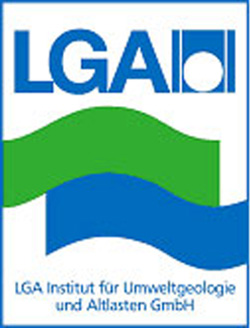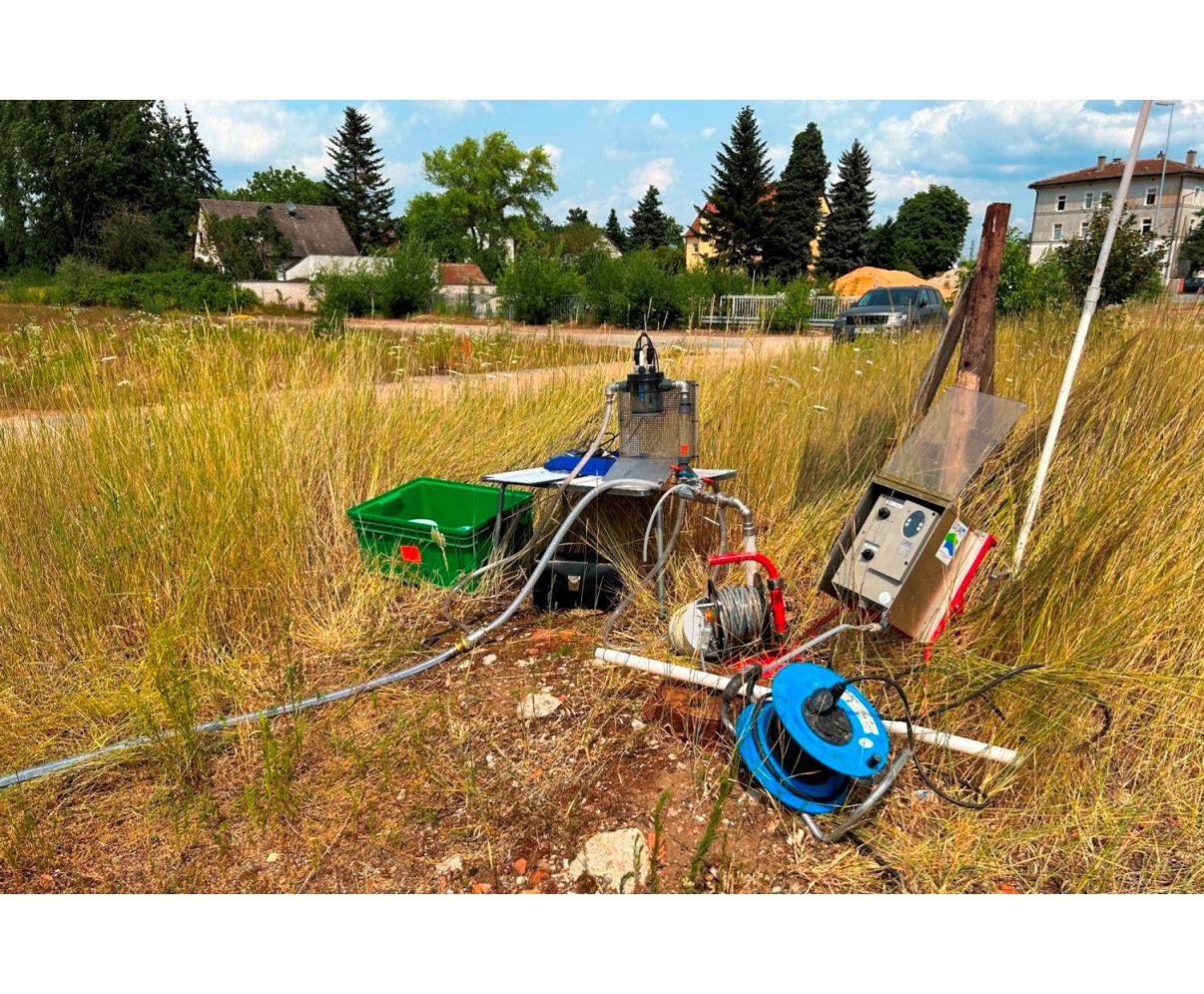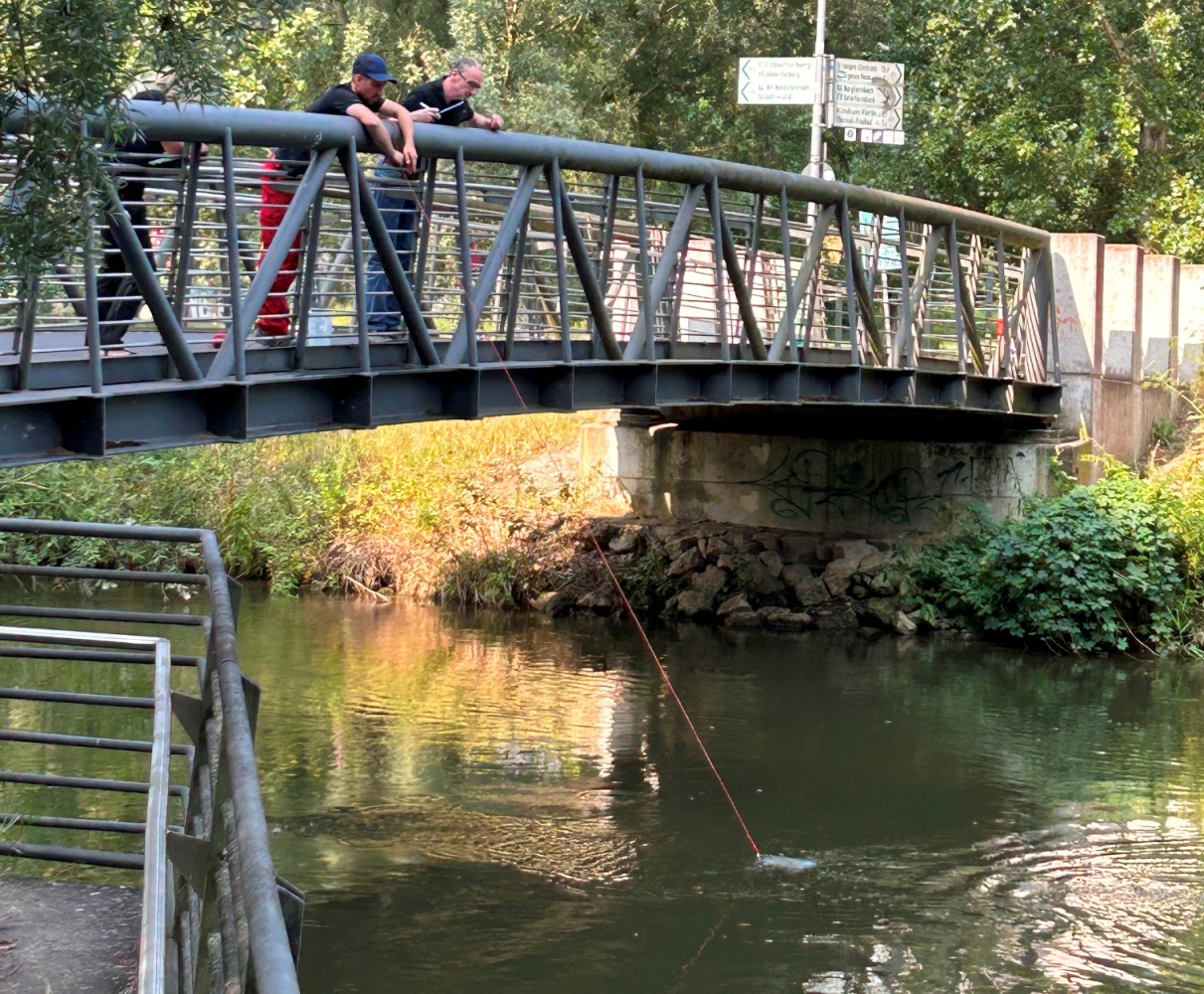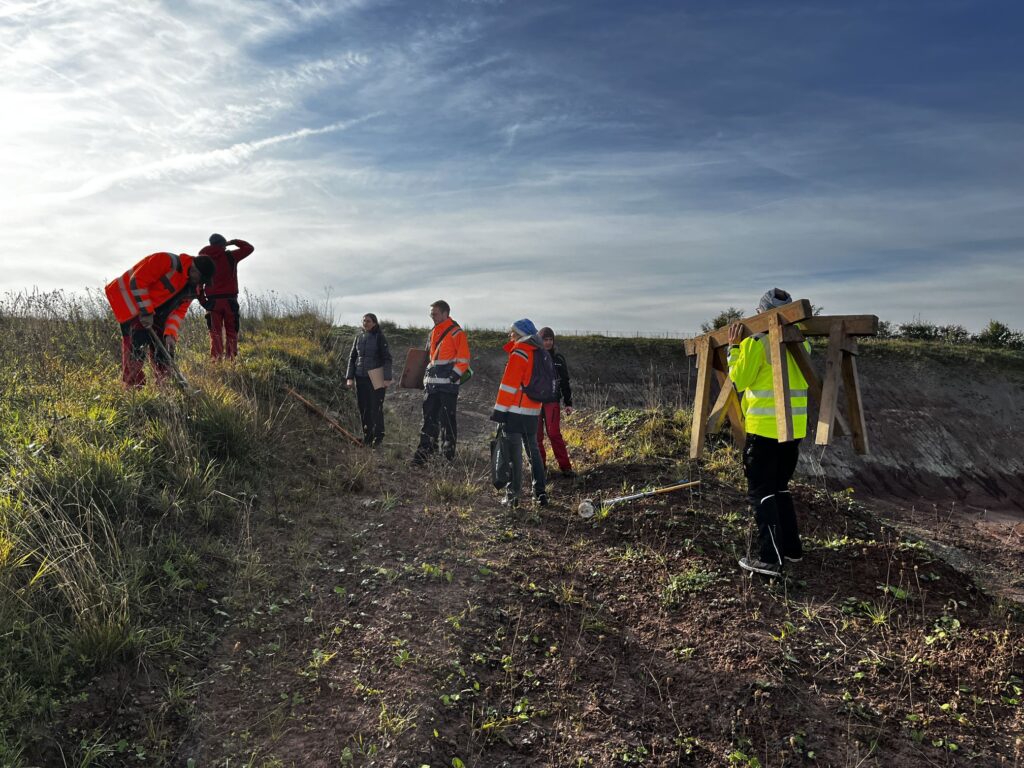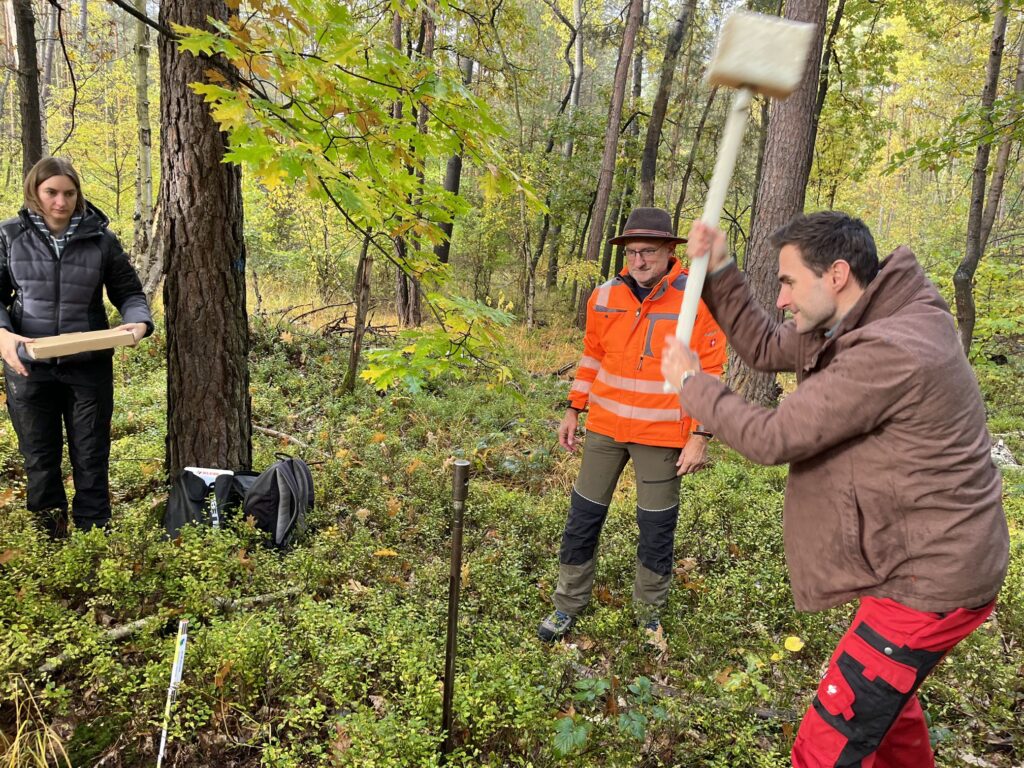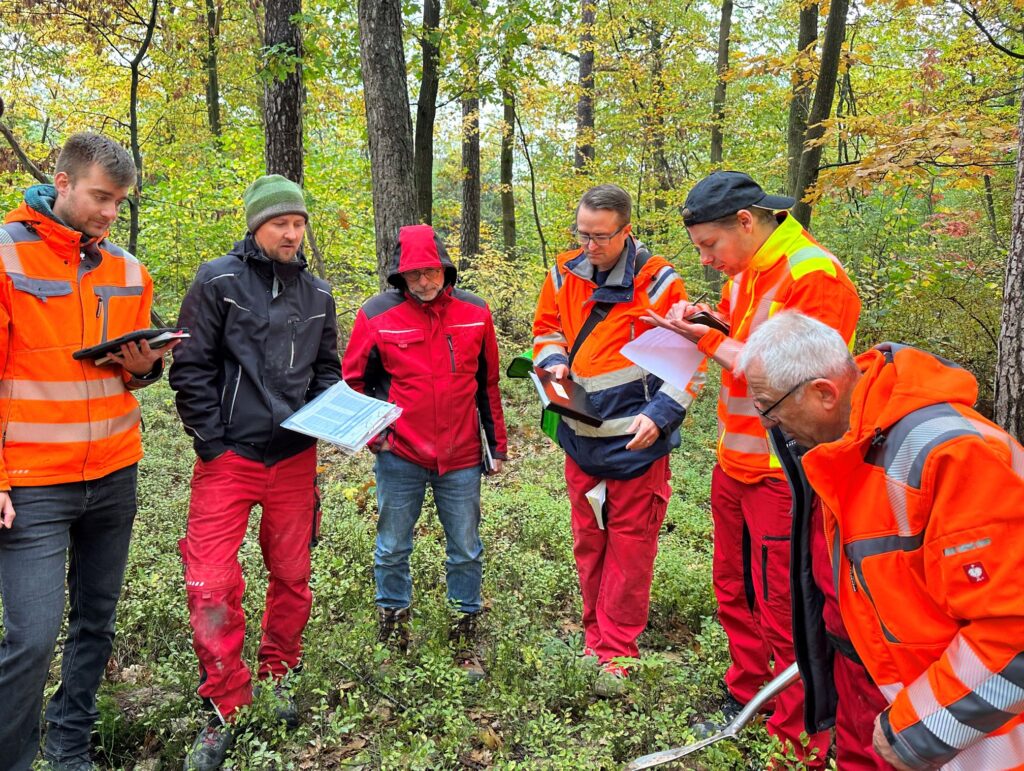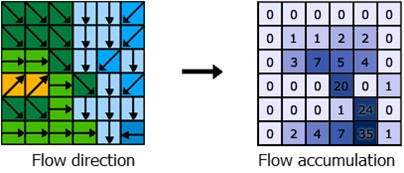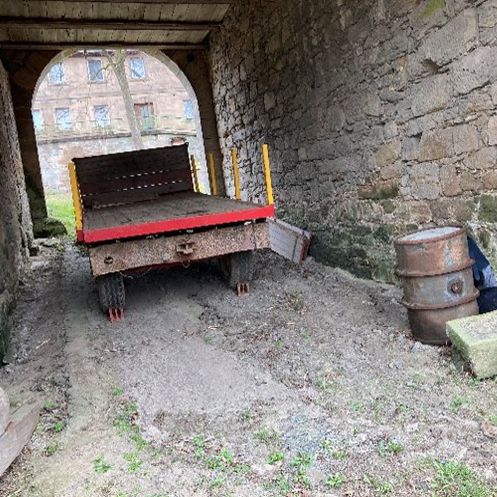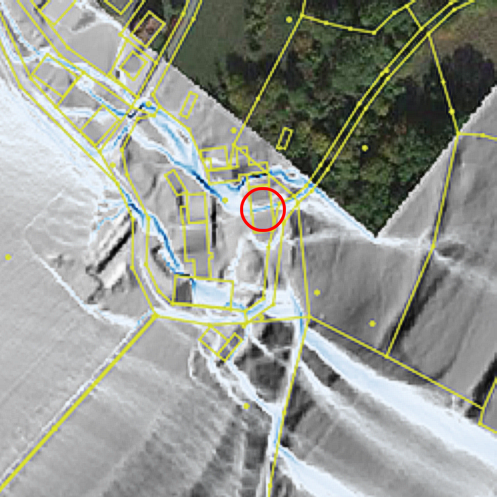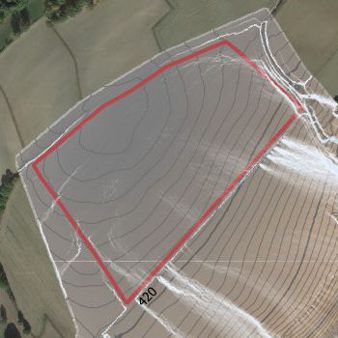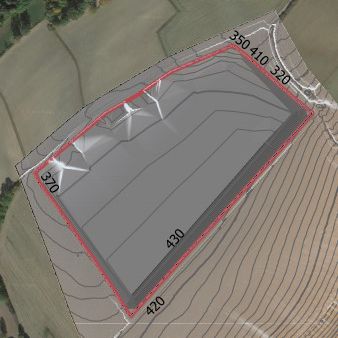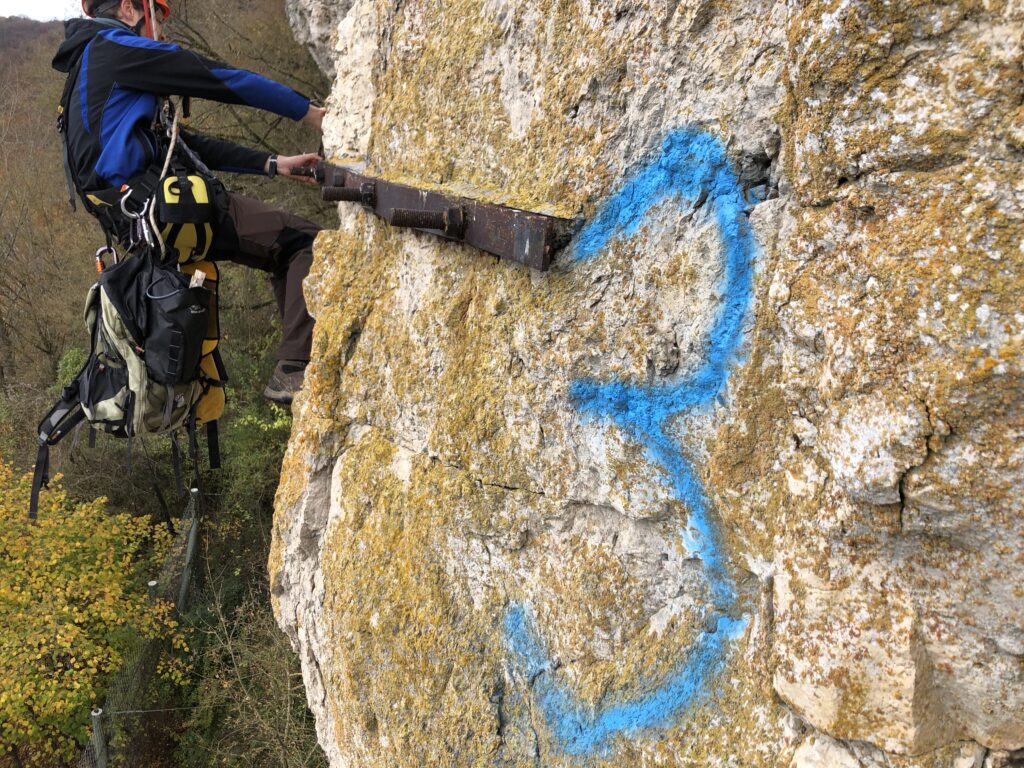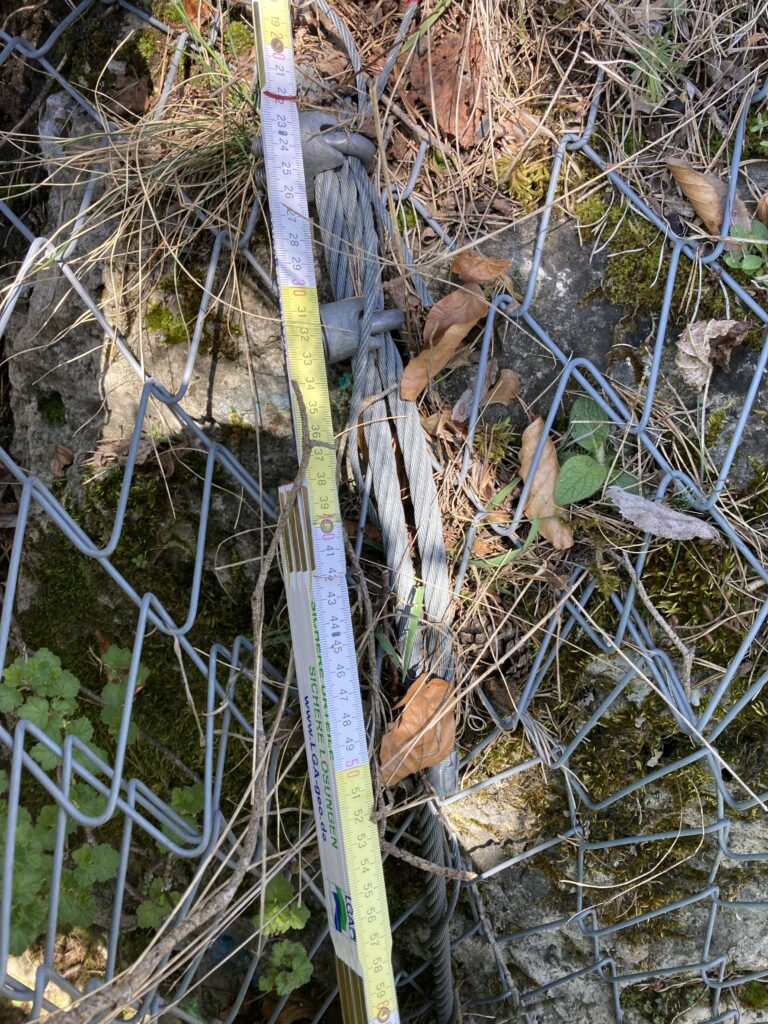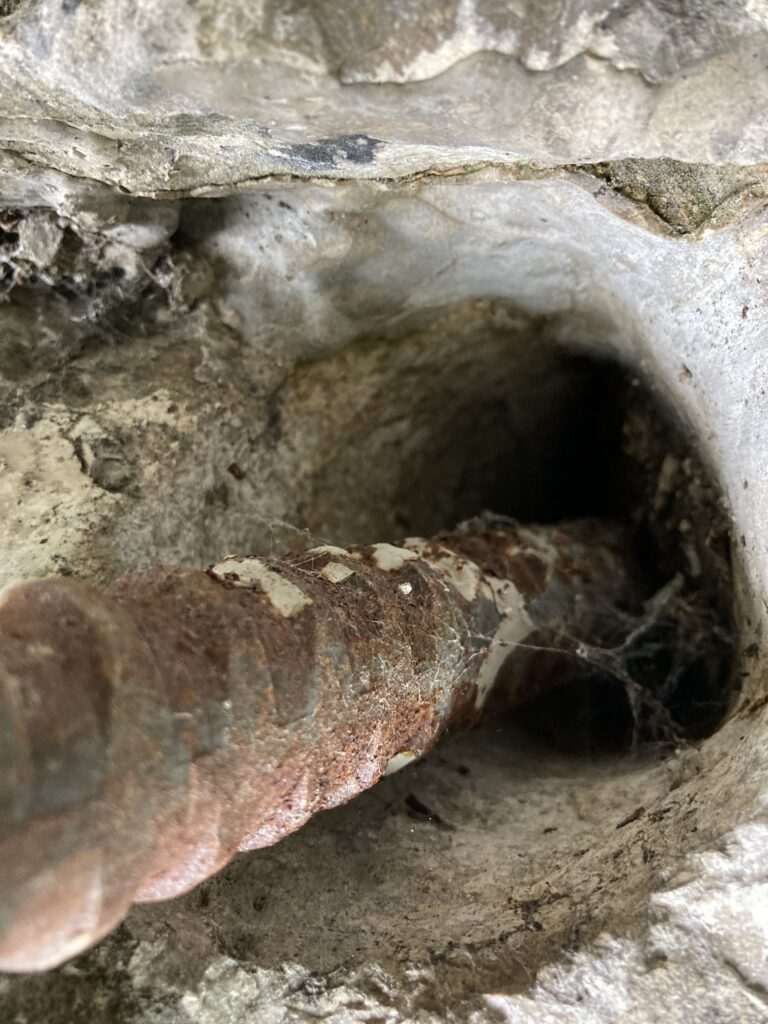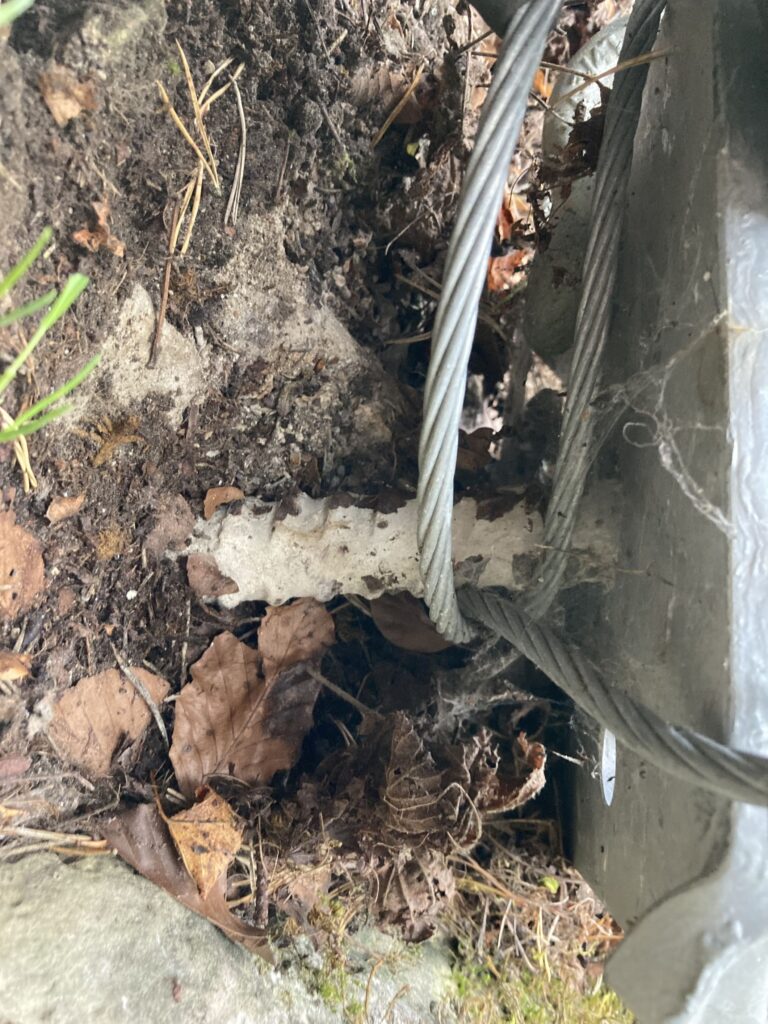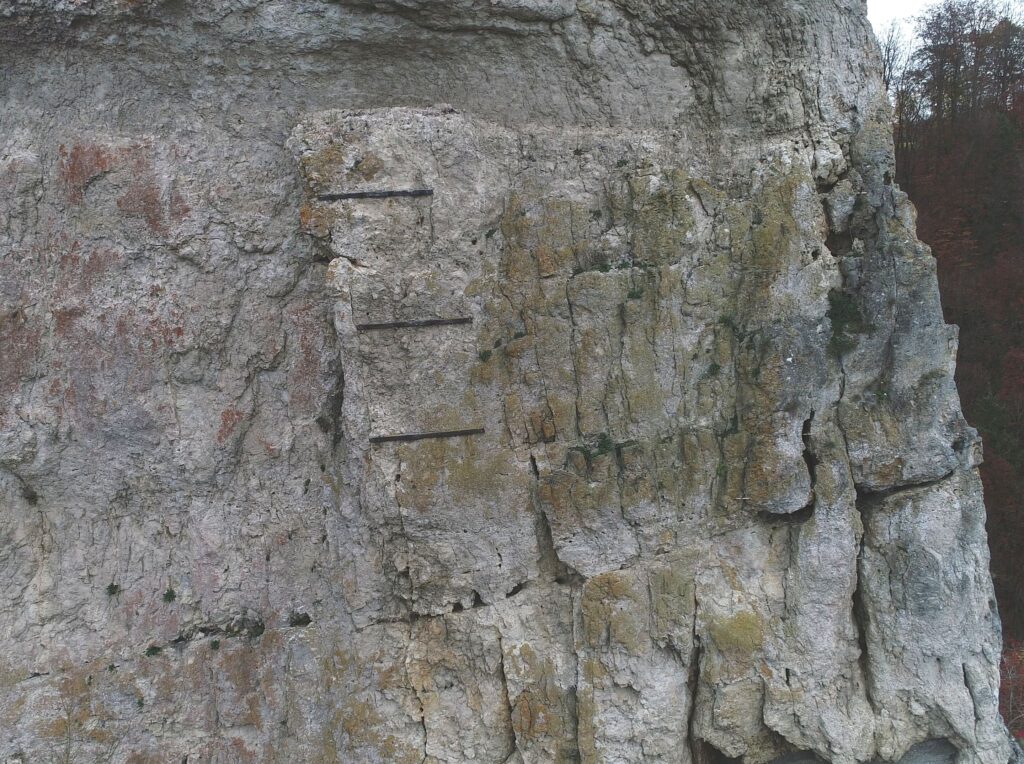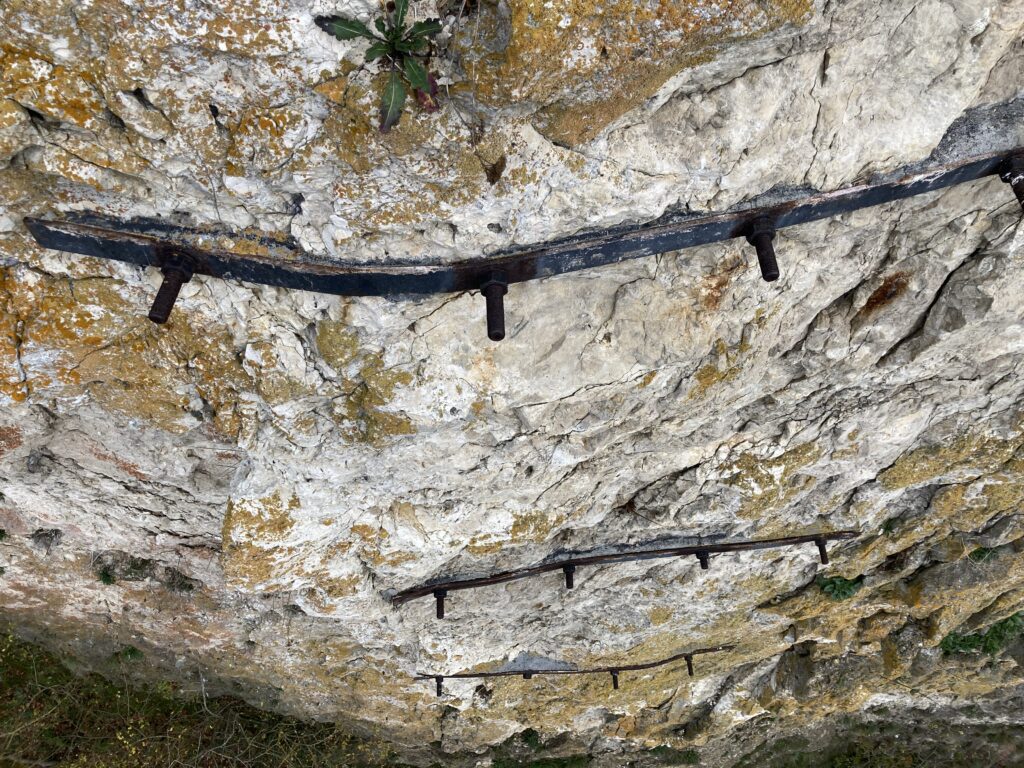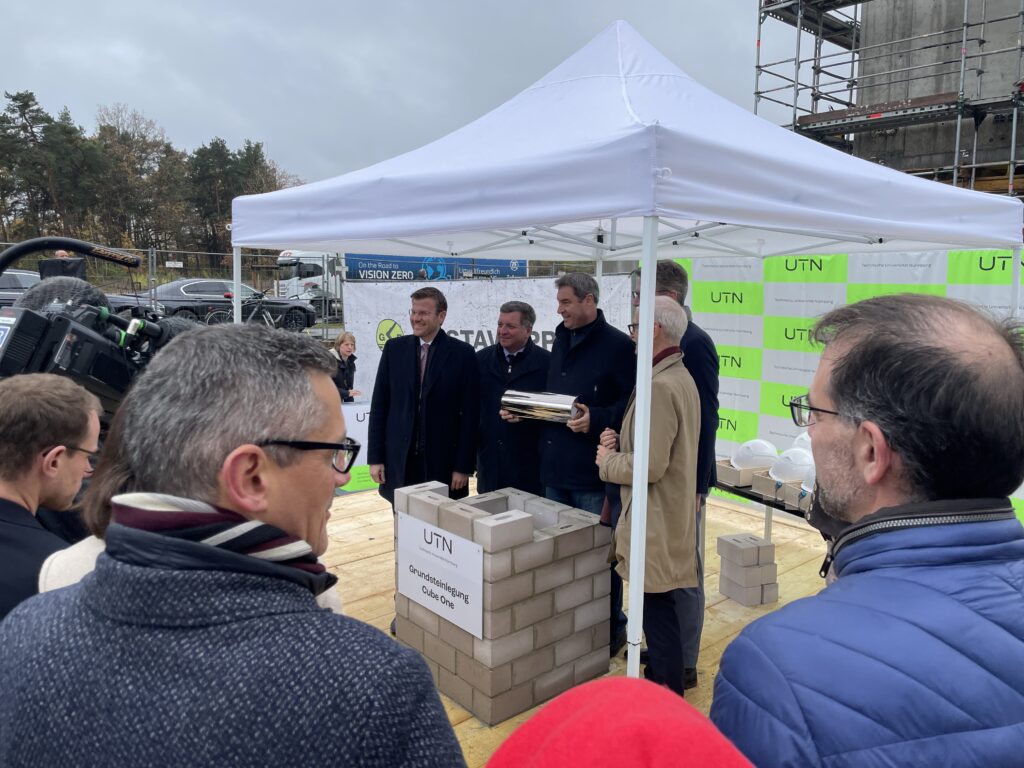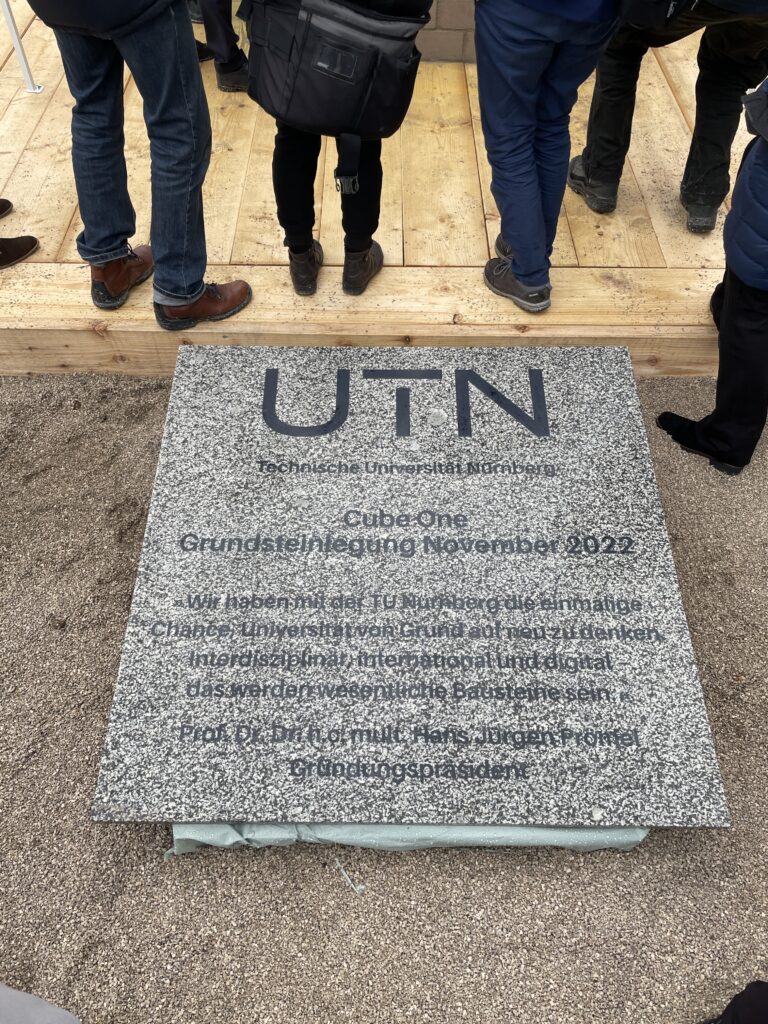Disposal of construction waste - requirements of the new...
Rope access technique level 1 and 2
Ropedancing under the bridge: LGA rock team completes training as rope access technicians level 1 and 2
Posted on 21 December.
It’s actually a lovely spot, reminiscent of a vacation: the Menach meanders through the green meadow. An old, disused railroad bridge, over which occasionally a cyclist rides. The training site in Mitterfels near Straubing invites you to rest and relax. But that’s not what the LGA rock team has come for. On the agenda is a tight training program from 10-12 and 23-27 October, which will train participants to become rope access technicians level 1 and level 2.
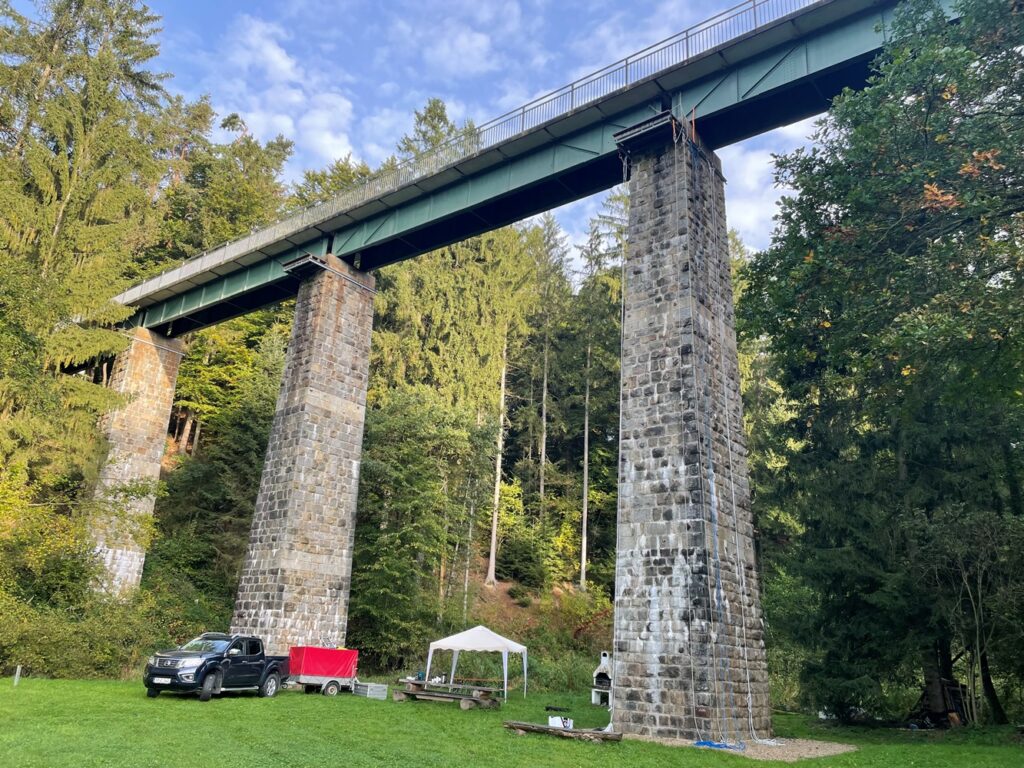
The assessment of rocks with the aid of rope access technology (SZT) is an essential part of the rock team’s work. Rocks often cannot be adequately inspected from the ground or by drone because they are difficult to see or details such as the fracture pattern cannot be examined from a distance. In order to be able to assign a well-founded risk level to rock massifs and plan adequate safety measures, a thorough and object-oriented examination using SZT is used. Rope access has little to do with sport climbing. Instead of climbing the rock themselves, the experts use personal protective equipment (PPE) to abseil down or climb up two ropes.
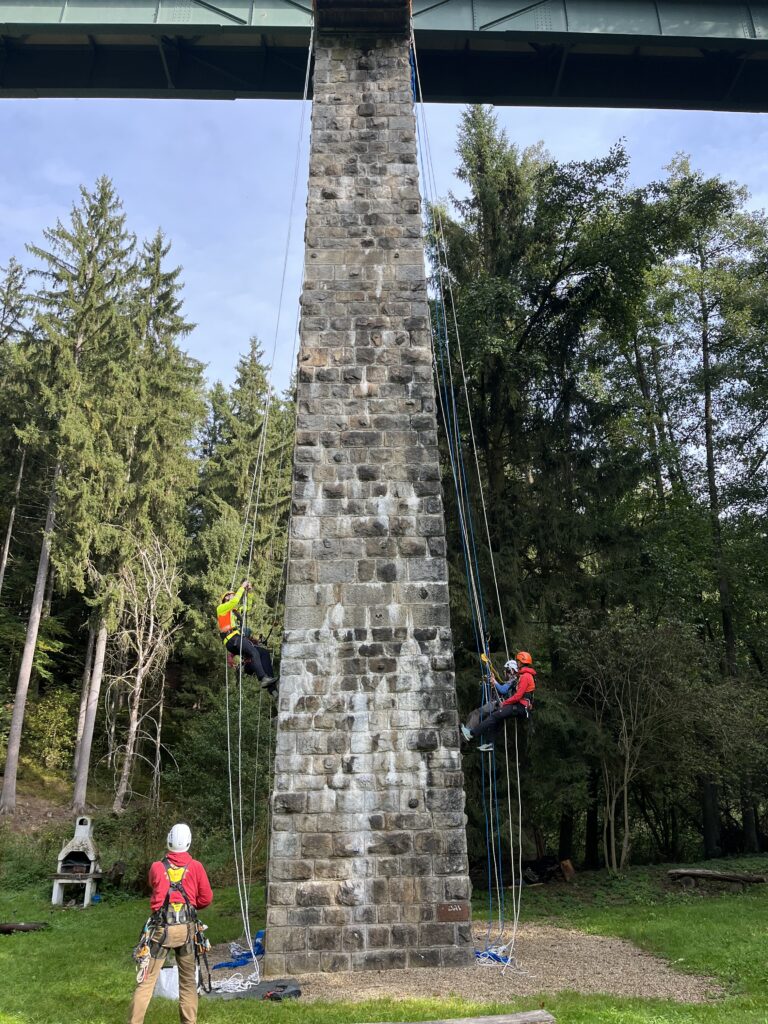
For nine years, the LGA’s rock experts have been trained annually in the use of PPE specifically for use in rock assessments. This year, Christoph Rieser, instructor of the Association of German Mountain and Ski Guides (VDBS), has chosen the natural stone bridge pillars in Mitterfels as the training site for the rope access technician level 1 and 2 training. The program includes both repetition of what has already been learned and the acquisition of new skills: Rappelling and ascending on ropes (vertical direction), rope changes and traverses (horizontal direction), climbing over stands, setting up and using pulleys, various rescue scenarios for rescuing a person who has had an accident, knot tying and theory units, e.g. on material science and fall physics.
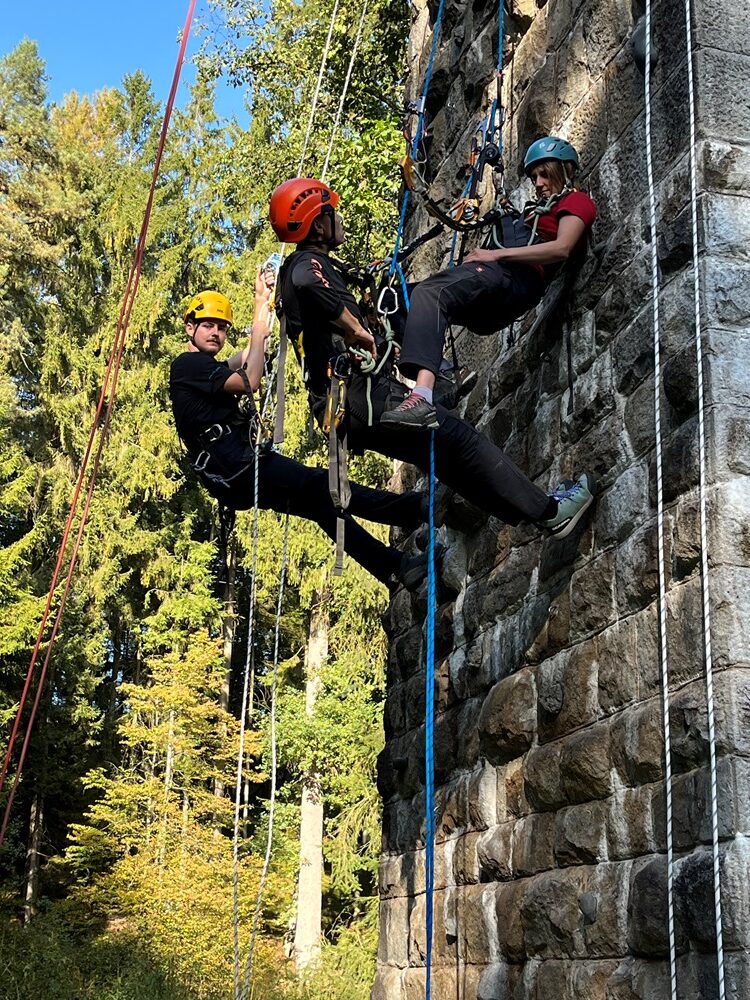
On the last day of each of the two training blocks, a theoretical and practical examination took place, which was taken by the state-certified mountain and ski guide Andreas Schanzer; VDBS, and with the passing of which the participants were awarded Level 1 (10.-12.10.) and Level 2 (23.-27.10.).
We are delighted to have been accepted into the VDBS as rope access technicians and would like to thank Christoph Rieser and Andreas Schanzer for their excellent training.
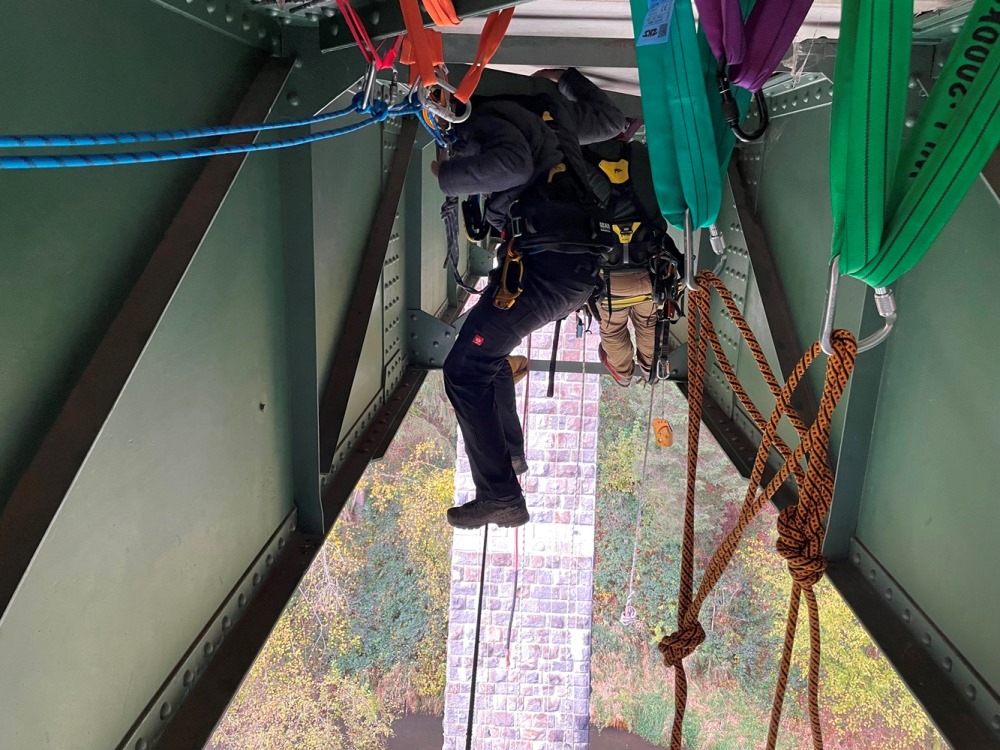
LGA Institut für Umweltgeologie und Altlasten GmbH
Christian-Hessel-Str. 1
D-90427 Nürnberg
Phone: +49 911 12076 100
Telefax: +49 911 12076 110
info@LGA-geo.de
bewerbung@LGA-geo.de
LGA Institut für Umweltgeologie und Altlasten GmbH
Christian-Hessel-Str. 1
90427 Nürnberg
Tel: +49 911 12076 100
Fax: +49 911 12076 110
info@LGA-geo.de
bewerbung@LGA-geo.de
News
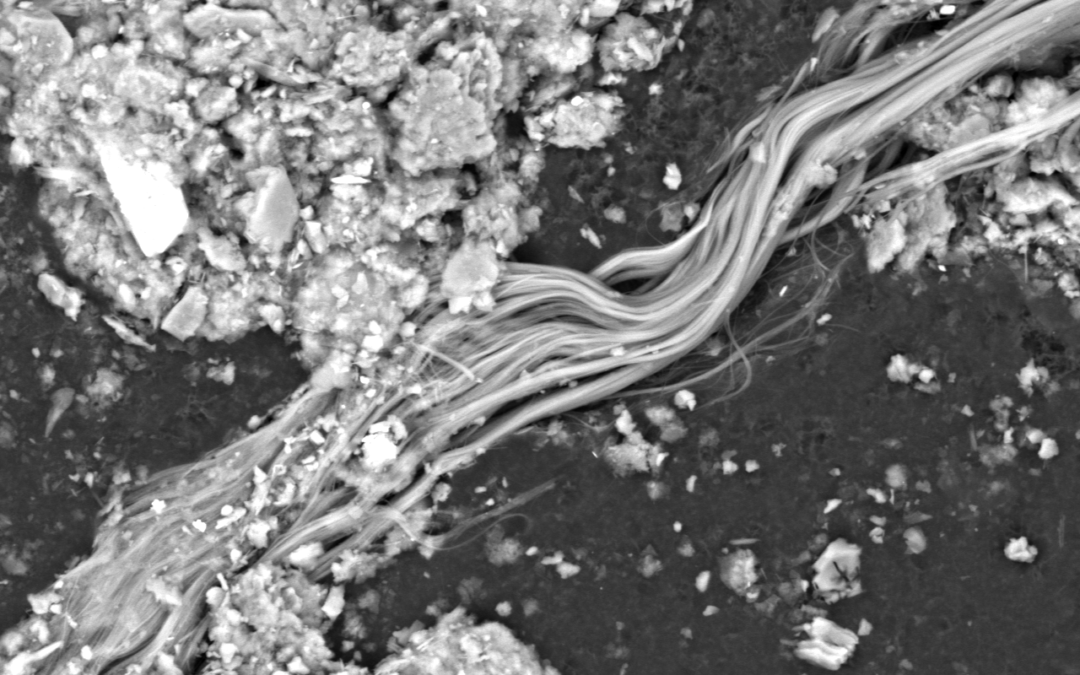
Construction waste – LAGA M23
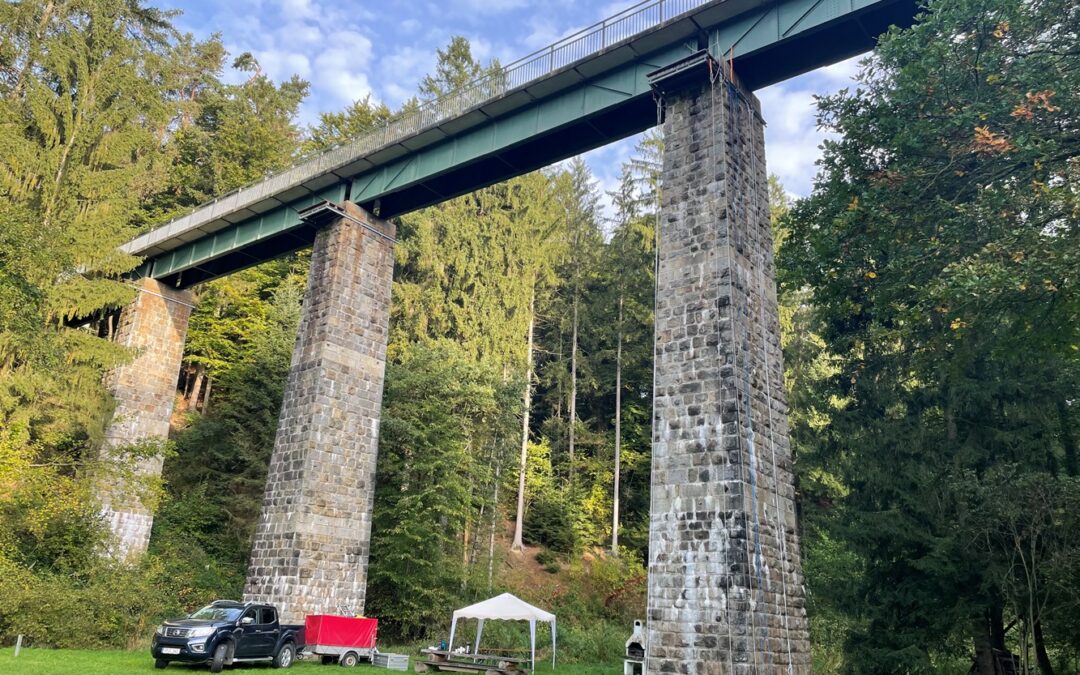
Rope access technique level 1 and 2
Ropedancing under the bridge: LGA rock team completes...
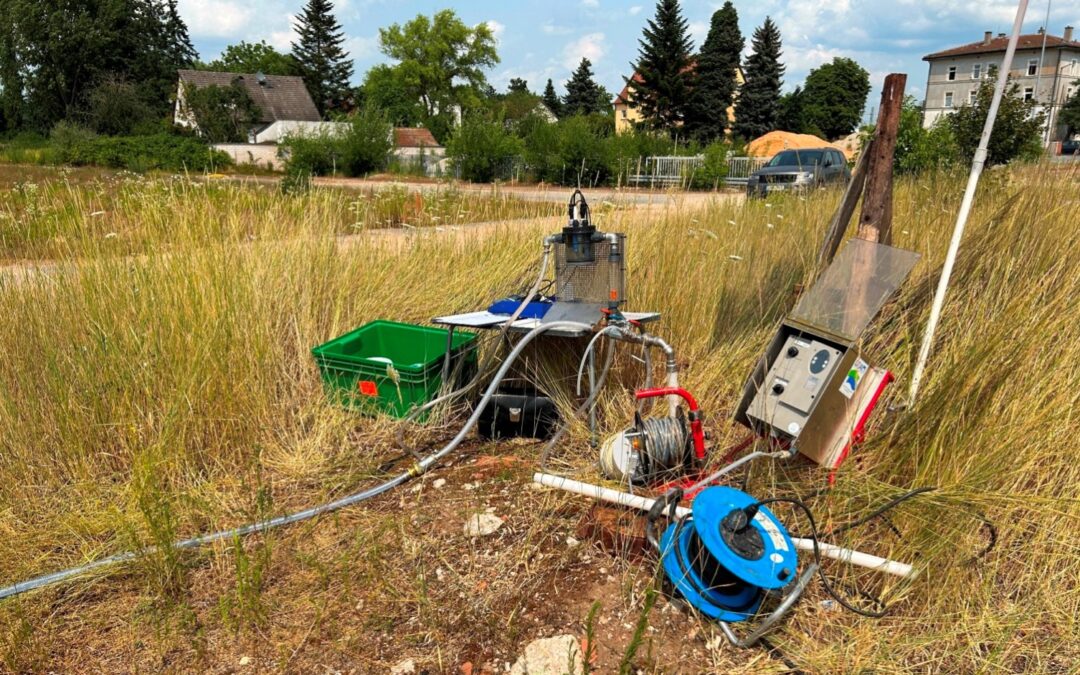
Successful DAkkS audit
Successful DAkkS audit Posted on 22 November 2023. For our...
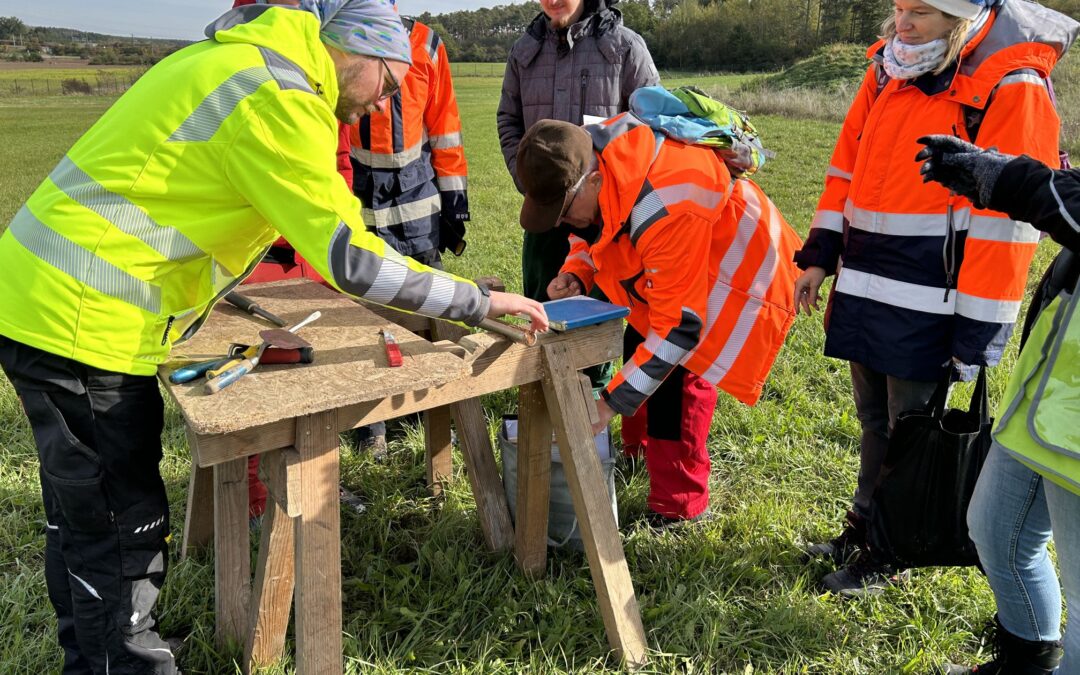
LGA workshop KA5
Equipped with spade and Puerckhauer: Internal LGA workshop...
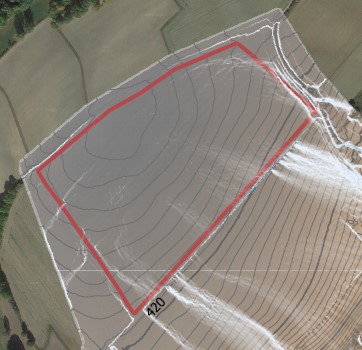
Runoff modeling of heavy rainfall events
Runoff modeling - Valuable forecasting tool for upcoming...
Older articles
